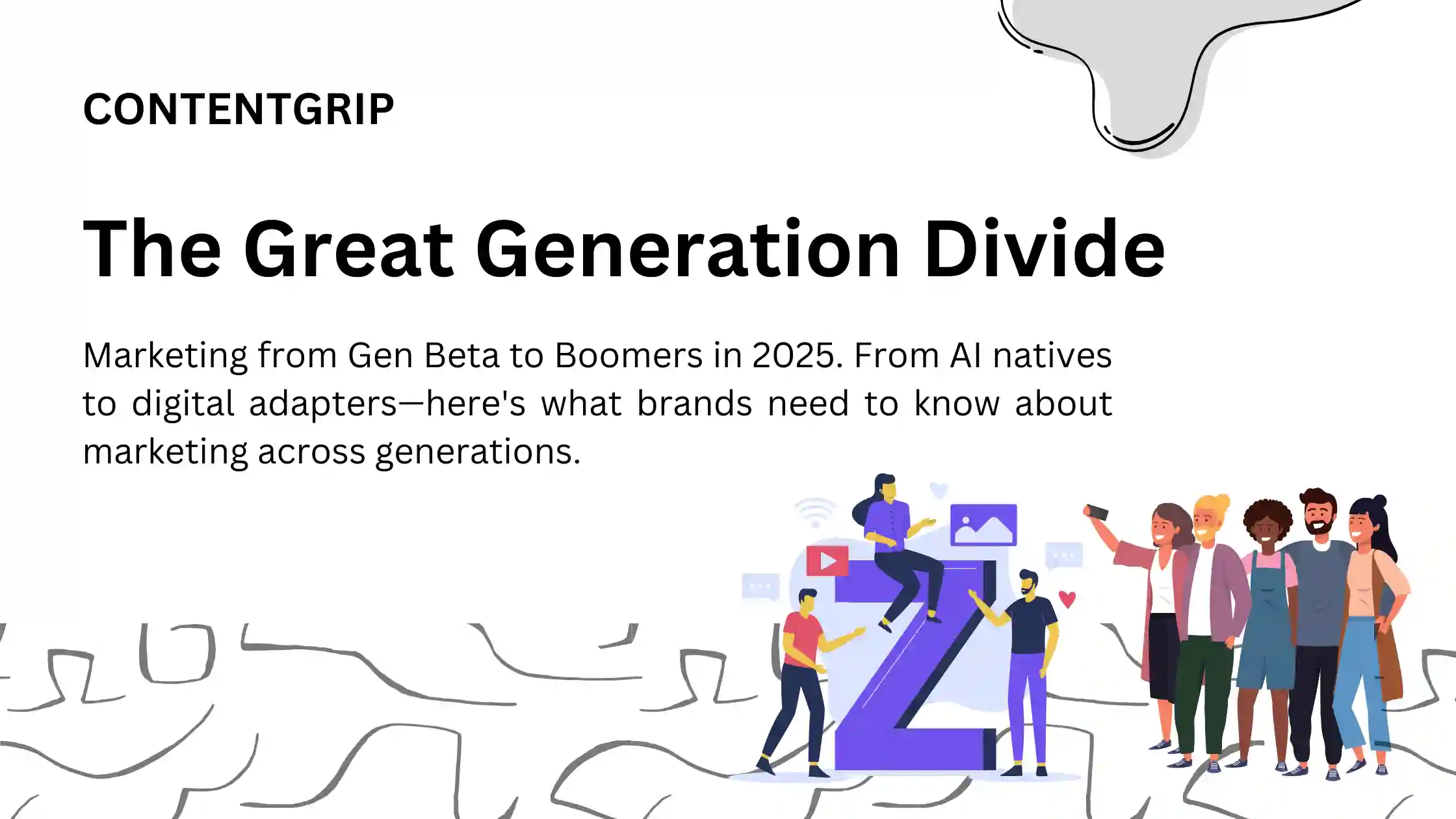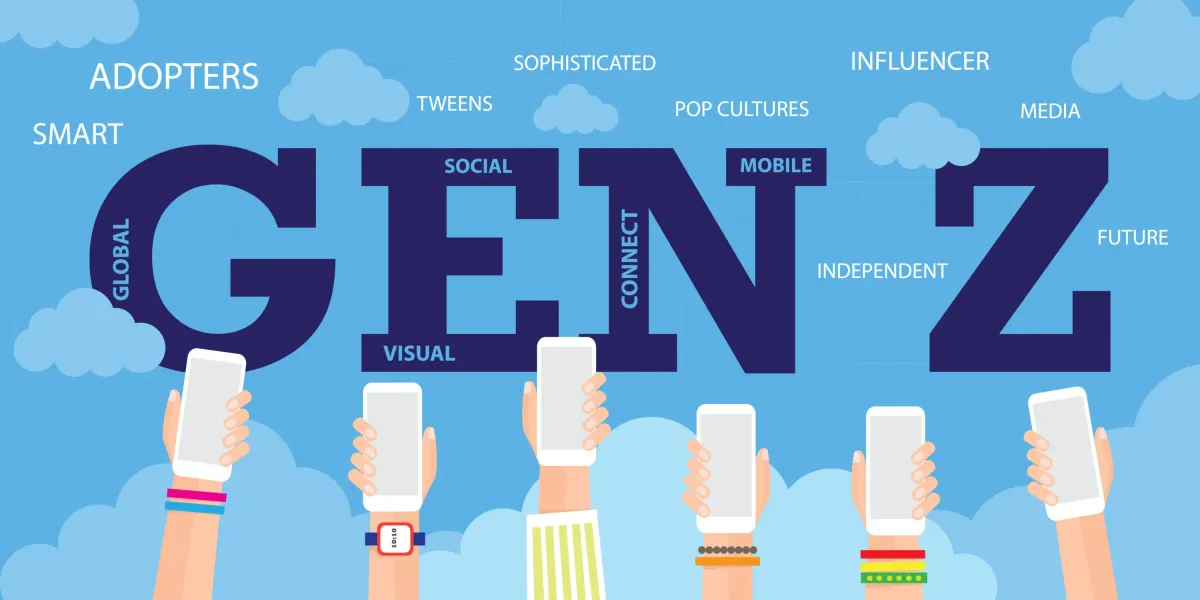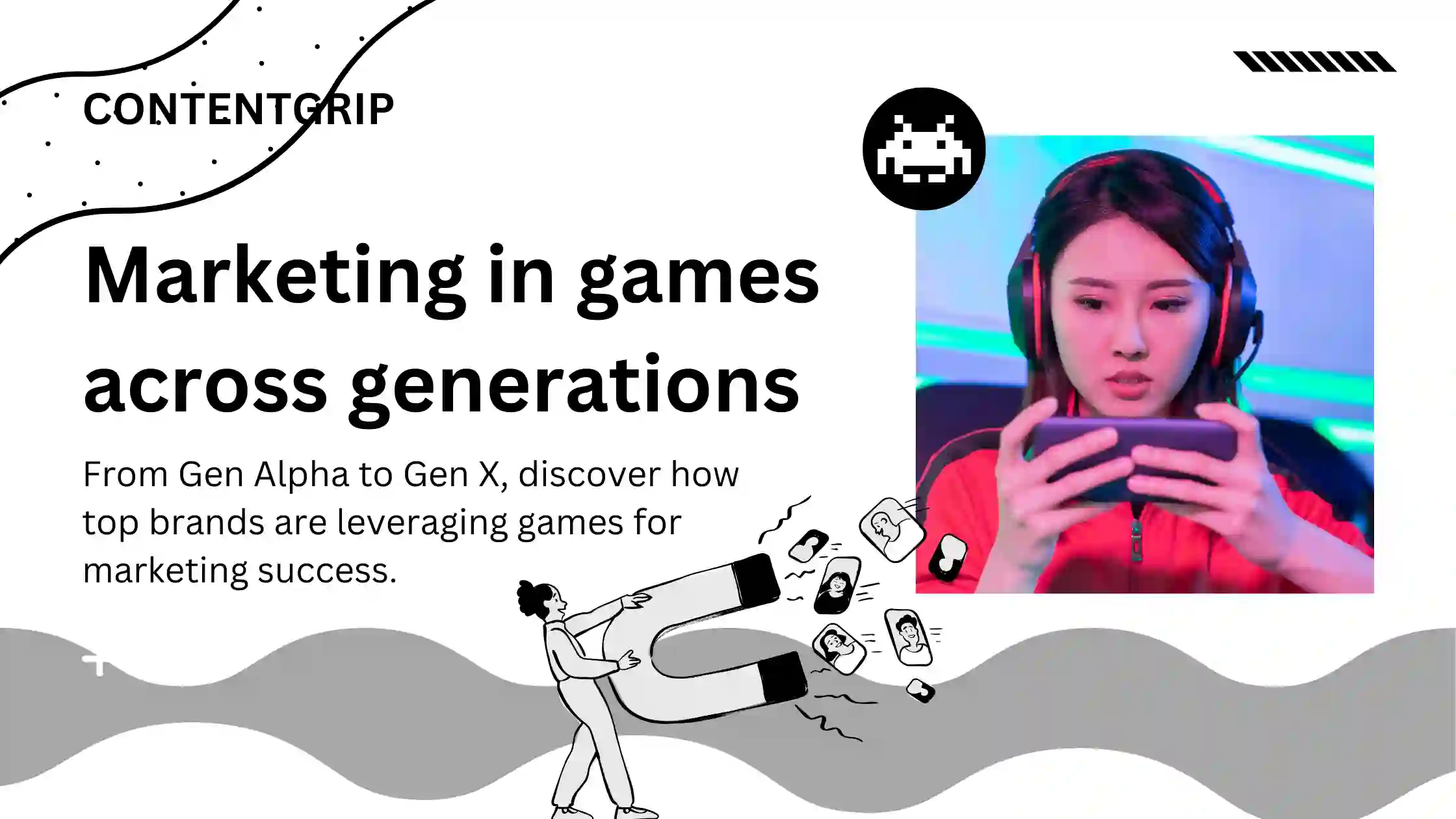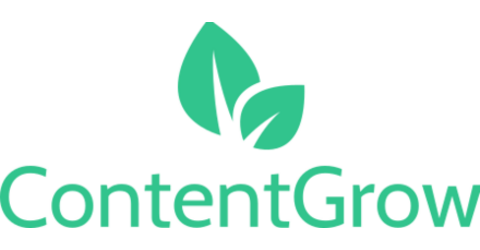The great generation divide: marketing from Gen Beta to Boomers in 2025
From AI natives to digital adapters—here's what brands need to know about marketing across generations.

Welcome to 2025, where age is just a number, and generational marketing isn't what it used to be.
Every time I open TikTok, I see a 70-year-old creator dancing next to their Gen Alpha grandkid.
For the first time in history, we're marketing to six distinct generations—from the tech-native Gen Beta to the digital-adapting Boomers.
Let's break down what makes each generation tick, and how brands can create content that resonates across this diverse spectrum.
Short on time?
Here is a table of content for you to find what you are looking for:
- Marketing snapshot for the different generations
- 5 AI marketing allies that make multi-gen marketing work
- The secret sauce

The great generation divide: a 2025 marketing snapshot
Gen Beta
The AI Natives born after 2025, this generation is still in its infancy. While it's too early to make definitive statements about their behaviors, early childhood development research and current technological trends give us some clues about how they might interact with brands in the future.
What might drive their decisions:
- Instant gratification — they expect immediate responses and rewards
- Interactive experiences — passive content doesn't hold their attention
- Voice and gesture controls — traditional interfaces feel foreign to them
- Gamified everything — learning and purchasing through play
- AI companionship — they trust AI recommendations as much as human ones
Platform preferences:
- Educational apps and interactive content platforms
- Kid-focused metaverse spaces
- Voice-activated entertainment systems
- AR/VR learning environment
Gen Alpha
The Multiverse Generation Born between 2010 and 2024, they're growing up in a world where physical and digital realities blend seamlessly.
What drives their decisions:
- Immersive experiences — they expect to touch, feel, and interact virtually
- Environmental impact — they check sustainability credentials before buying
- Social proof from peers — influencer fatigue is real for this generation
- Digital ownership — NFTs and virtual goods hold real value for them
- Educational content — they want to learn while they consume
Platform preferences:
- TikTok (72% active users)
- Roblox and gaming platforms
- YouTube Kids
- Interactive story apps
- AR-enhanced social platforms
Gen Z
The Authenticity Seekers now in their teens to mid-20s, Gen Z has evolved from trendsetters to economic players.
What drives their decisions:
- Brand values — 76% research company stances on social issues
- Financial transparency — they want clear pricing and value justification
- Peer recommendations — trust in traditional advertising is at an all-time low
- Mental health awareness — they prefer brands that acknowledge wellbeing
- Customization options — one-size-fits-all doesn't work for them
Platform preferences:
Millennials
The Digital Pioneers in their 30s and 40s, Millennials have matured from disruptors to decision-makers.
What drives their decisions:
- Convenience with purpose — they'll pay more for solutions that save time
- Social responsibility — 82% consider company ethics before purchasing
- Quality over quantity — they're moving away from fast fashion mentality
- Digital-first, but not digital-only — they value hybrid experiences
- Reviews and ratings — they extensively research before buying
Platform preferences:
Gen X
The Forgotten Middle Child now in their mid-40s to early 60s, they hold significant buying power but often feel overlooked by marketers.
What drives their decisions:
- Value proposition — they need clear justification for premium prices
- Brand loyalty — they stick with brands that prove their worth
- Product durability — they invest in long-term quality
- Expert opinions — they trust professional reviews over peer recommendations
- Privacy concerns — they're cautious about data sharing and digital footprints
Platform preferences:
- Facebook (77% active users)
- LinkedIn (29% active users)
- YouTube
- Email newsletters
- Traditional media websites
Boomers
The Digital Adapters in their 60s and beyond, they've embraced technology more than ever before.
What drives their decisions:
- Customer service — they expect human support when needed
- Brand reputation — established names carry more weight
- Safety and security — they prioritize trusted payment methods
- Simplicity — they avoid complicated purchasing processes
- Traditional values — they appreciate familiar marketing approaches
Platform preferences:
- Facebook (68% active users)
- YouTube (15% active users in the US)
- Traditional email
- News websites
- Online forums

5 AI marketing allies that make multi-gen marketing work
Remember when targeting different generations meant having six different marketing strategies?
Well, I recently discovered some AI tools that changed everything. Let me share my favorites—and no, they won't cost you a dime.
1. ChatGPT
First up is my daily companion, ChatGPT. Picture this: I was struggling with a social media campaign about sustainable fashion. My Gen Z audience wasn't engaging, and my Boomer content felt off.
So I asked ChatGPT to help me switch things up. For Gen Z, it suggested adding hard-hitting sustainability stats and emotional storytelling. For Boomers? It focused on quality and long-term value. The engagement difference was like night and day.
2. Canva
Then there's Canva's AI magic. You know those trendy Instagram carousel posts that seem to work for everyone from Gen Alpha to Gen X? I create them in minutes now.
The AI features help me adapt colors, fonts, and layouts that actually resonate with each age group. My favorite part? Using Magic Edit to create variations of the same design that speak to different generations—without starting from scratch.
3. Google Analytics
But here's the real game-changer: Google Analytics 4. I know, I know—another analytics tool? But stick with me here.
I was looking through my GA4 dashboard last week when I noticed something interesting: our Gen Alpha audience loves weekend morning content, while Boomers engage more during weekday afternoons. This kind of insight completely changed our posting schedule.
4. Craiyon
When it comes to visuals, Craiyon (the artist formerly known as DALL-E Mini) has become my go-to.
Just last month, I needed images for a cross-generational campaign. Instead of spending hours on stock photo websites, I described what I needed to Craiyon. Within minutes, I had concepts that actually resonated with both Gen Z and Millennials—something stock photos rarely achieve.
5. Microsoft Designer
Finally, there's the new kid on the block: Microsoft Designer. It's like having a design assistant who actually understands generational differences. I was working on a financial literacy campaign targeting both Gen Z and Gen X.
Microsoft Designer suggested different approaches for each—minimalist and bold for Gen Z, clean and professional for Gen X. The best part? Both designs felt authentic, not forced.

The secret sauce
Here's what I've learned: these tools work best when you use them together. Start with GA4 to understand when your audience is most active. Use ChatGPT to craft your message, Microsoft Designer for visuals, and test different versions with Canva's AI. It's like having a whole marketing team in your pocket.
While these tools are powerful, remember that authenticity wins across all generations. Use AI as a helper, not a replacement for genuine connection with your audience.
The Bottom Line Success in 2025 isn't about choosing one generation over another—it's about creating adaptive content that resonates across age groups while respecting their unique characteristics.
The brands that will win are those that can tell their story in six different dialects while keeping their core message intact.
Remember, these aren't just demographic segments—they're real people with evolving needs and expectations. The key is to stay flexible, keep listening, and never stop adapting.
This post is created by ContentGrow, providing scalable and tailored content creation services for B2B brands and publishers worldwide. Book a discovery call to learn more.






